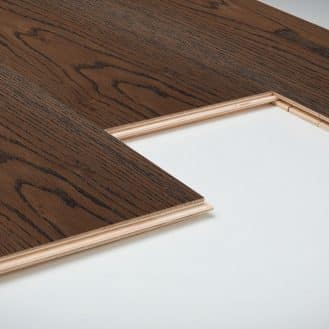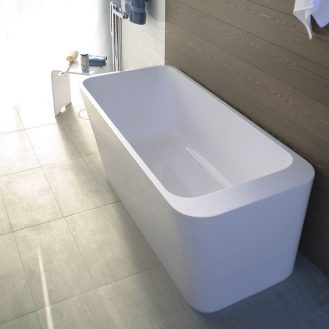Hot tubs can provide a therapeutic and relaxing experience in both residential and commercial spaces, including wellness centers. Hot tubs comprise an outer cabinet housing the shell that holds the water. They also feature essential components, such as water circulation pumps, soothing massage jets, and filters for maintaining water cleanliness. Hot tubs are often installed outdoors on decks or patios due to their size but can be placed indoors. They come in above-ground and in-ground varieties, with above-ground options generally being more budget-friendly. Hot tubs require regular upkeep, making accessibility a crucial factor to ensure ease of maintenance. This guide will provide you with key points to help you compare the available hot tubs.












